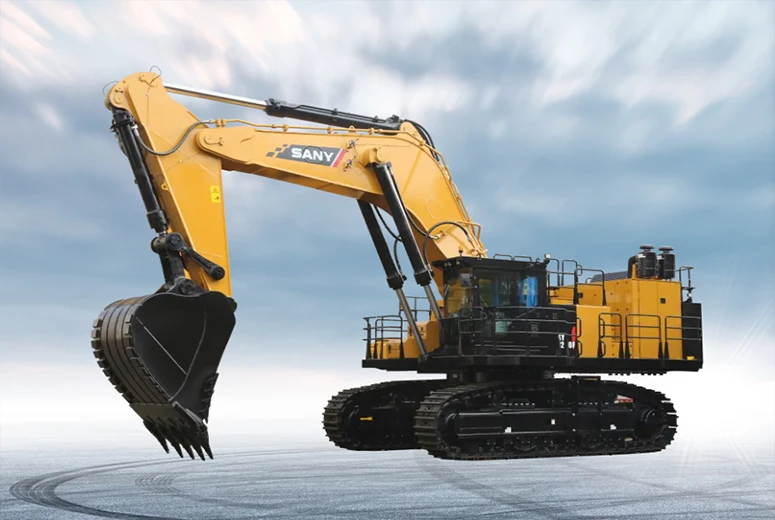Exploring the Features and Benefits of 48-Foot Semi Trailers for Transportation Needs
The Evolution and Impact of the 48 Foot Semi-Trailer
The trucking industry has long been a backbone of goods transportation across the United States and beyond, with semi-trailers playing a crucial role in this sector. Among the various configurations used, the 48-foot semi-trailer stands out for its versatility, efficiency, and capacity. Understanding the evolution and significance of the 48-foot semi-trailer provides insight into how modern logistics have developed and adapted to meet changing demands.
A Historical Perspective
The semi-trailer was first introduced in the early 1900s as a solution to the limitations of traditional trucks. The design allowed for greater payload capabilities and simplified the transport process. The 48-foot semi-trailer emerged in response to increasing freight demands and the desire for efficiency. During the post-World War II economic boom, the trucking industry experienced significant growth, leading to improved technologies, road infrastructures, and regulatory developments that facilitated the use of larger trailers.
Innovations and Design Features
Modern 48-foot semi-trailers come with various innovative features that enhance their functionality. Typically constructed from lightweight materials such as aluminum and composite materials, these trailers maximize payload while minimizing fuel consumption. The design also includes aerodynamic elements that reduce drag and improve fuel efficiency.
One of the primary advantages of the 48-foot configuration is its optimal balance between size and maneuverability. It offers enough space to transport a significant quantity of goods—typically ranging from 20,000 to 30,000 pounds—while remaining small enough to navigate urban environments and confined spaces. This adaptability makes 48-foot semi-trailers a popular choice for various industries, including retail, agriculture, and manufacturing.
Regulatory Environment
The use of 48-foot semi-trailers is also influenced by regulatory frameworks established by federal and state authorities. The Weight and Length Laws dictate the maximum allowable lengths and weights for commercial vehicles on public roads. In many jurisdictions, 48-foot trailers comply with these regulations, making them a standard choice for long-haul transport. However, operators must still adhere to guidelines regarding load distribution and weight limits to ensure safety and efficiency.
48 foot semi trailer

Economic Impact
The economic implications of using 48-foot semi-trailers are substantial. By maximizing cargo capacity and minimizing transportation costs, businesses can improve their bottom lines while meeting consumer demands effectively. Particularly in sectors such as e-commerce, where rapid delivery is essential, the efficiency provided by these trailers often determines a company's competitive edge.
Moreover, the trucking sector is vital to the national economy, accounting for a significant portion of freight movement across the United States. The ability to transport goods efficiently using 48-foot semi-trailers supports job creation and economic growth within the industry.
Challenges and Future Outlook
Despite their advantages, the 48-foot semi-trailer is not without challenges. Issues such as rising fuel costs, driver shortages, and evolving regulations pose significant hurdles. Additionally, sustainability concerns are pushing the industry towards greener alternatives, prompting innovations in electric and hybrid trucking technologies.
Looking to the future, the integration of technology in logistics is likely to transform the way semi-trailers are utilized. Developments in telematics, for example, can optimize routing and monitor trailer conditions in real-time, enhancing operational efficiency. Furthermore, autonomous driving technology may reshape the transport landscape, with 48-foot semi-trailers adapting to new operational paradigms.
Conclusion
The 48-foot semi-trailer remains an integral component of the trucking industry, balancing efficiency, capacity, and adaptability. As technology advances and regulations evolve, the future of this essential transport tool looks promising. Understanding its historical significance, current features, and economic impact provides a comprehensive overview of how it shapes and is shaped by the logistics landscape today.
-
Hydraulic Lock Assembly for SHACMAN Truck Parts – Durable & ReliableNewsJul.28,2025
-
SINOTRUK HOWO 84 Electric Dump Truck for Eco-Friendly Heavy HaulingNewsJul.26,2025
-
The Fast 16-Gear Manual Transmission Assembly for Heavy TrucksNewsJul.25,2025
-
Mercedes Benz Actros 1848 42 Tractor Truck for Sale - Reliable PerformanceNewsJul.24,2025
-
High-Quality Water Pump Assembly for Sinotruk Trucks – Durable & ReliableNewsJul.23,2025
-
Premium Truck Engine Antifreeze Coolant Fluid for Heavy Duty VehiclesNewsJul.22,2025
Popular products

























